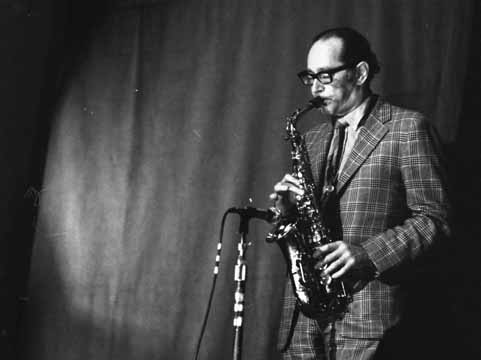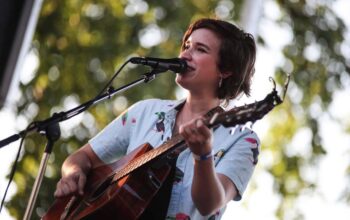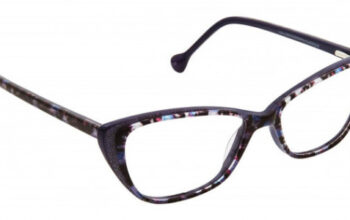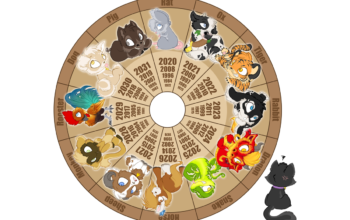Dave Brubeck Quartet – Take Five (1959)
I learned to cook from watching The Food Network in the late 90s. Before that, I couldn’t burn ice cubes.
Somehow, cooking had become a ‘guy’ thing, meaning not only was it *kh!* oh-kay for men to cook at home, but there was now some kind of machismo around it. I mean, there were big sharp knives, lots of motorized technology, gas stoves (a proxy for the barbecue), dead animals, and lots of swearing. It could be a fuckin’ NASCAR race, ferfucksakes. Er, I mean, Heavens to Betsy, it had such abundant delight for the endorphins (sorry, it is 2020).
Anyhoogles, I ate up everything Emeril, Mario, Flay and other alphas from this side of the Galloping Gourmet, and I truly did learn to make the kitchen my other office. And I do declare that, to this day, I got chops and my family is happy (absent a few failed, er, creations) – they’ll keep me.
One of my favourite shows was a low-rated, little-known late weeknight Canadian show whose name I’ve forgotten, but whose format I found absolutely captivating. One head chef would lead two or three sous’ in a simulated restaurant kitchen scenario, in real time, with a sequence of events and intensity that was altogether real, minus the expediting. It was far more voyeuristic than instructional, but a robust and invasive handheld-camera crew got close enough to the goings-on that nothing was missed by the dizzy viewer. The banter was electric and the method expert. You learned by watching real pros in action.
The only thing that was contrived was the ambiance. The set was sharply lit with halogen rays – lots of them – from high above the surfaces, and the music that was mixed in was not loud enough to drown out the dialogue, but certainly ample to make it a co-star of the show. Best, it was cool jazz, purely instrumental. There was a club atmosphere to it, almost a privileged exclusivity that made you feel lucky to be watching the show. And I was.
The music choices were dynamic, but there were certain workhorses that you’d hear across different shows. One of these was Take Five, arguably the best-known jazz song ever recorded. It was certainly the best-selling jazz single ever released, and the highest-charting too, reaching number 25 on the Billboard Hot 100 in the year of its release. It enjoyed an explosive resurgence in popularity in the early/mid-2010s following Brubeck’s death, and remains to this day one of the most recognizable jazz songs in the entire anthology, recorded or otherwise. It put the ‘cool’ in cool jazz.
It gets forgotten that Dave Brubeck didn’t write it. Saxophonist (and Dave Brubeck Quartet ‘classic lineup’ member) Paul Desmond did. Yes, the same Paul Desmond that was ‘on the stereo’ one sultry, lovewashed, rainy night in Tokyo. Indeed, he wrote and recorded it with the quartet in 1959, fully two years before it leaked into every jukebox and radio station in the land.
While Desmond keeps all the schwanky parts for himself – the two tuneful, major-minor melodies at the beginning and end, jiggled with a brief improv after the exposition – he lends a lot of musical real estate to bandmate Joe Morello for a lengthy, stuttering drum solo. Pianist Brubeck and upright-bassist Eugene Wright simply play the same ostinato for five full minutes, with an artful landing on the last two bars.
Naturally, most of the drum solo was edited out for the single release. But one oddity that couldn’t be edited was the song’s remarkable and commercially risky rhythm. Wire to wire, the time signature sits in a brisk 5/4. And it’s not one of those ‘mushy’ 5/4’s like Everything’s Alright with the latter’s even quarter-note pulse and absence of inner-bar accents. Noooo, this song puts that maddening pentaclick right in your kitchen in every way it can be done: the ostinato in the bass and piano syncopate lower and higher notes in 2+1 couplets over a 3+2 beat and just keep doing that for five (three on the single) solid minutes. And that’s all they do. Even under the sax and drum solos. Tap that, schmuck.
Take Five is five minutes long and in 5/4. Yes, Desmond meant to be punny about it, just as Brubeck did when the song was included on a later LP titled Time Out. Cheekier still was the title of one of his next-best-known songs, Unsquare Dance, set in 7/4 (yes, square dances are unerringly in 4/4, just in case that needed mention) and included on an album titled Time Further Out.
Cool jazz, man. The soundtrack to me learning how to cook.



